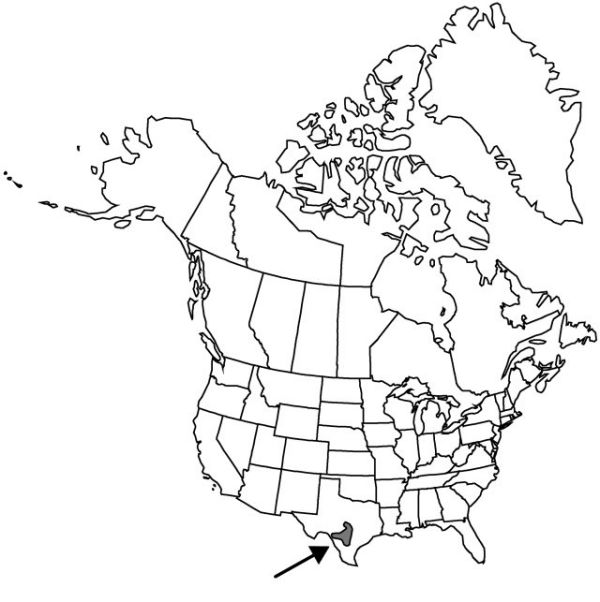Difference between revisions of "Nolina lindheimeriana"
Proc. Amer. Acad. Arts 14: 247. 1879.
FNA>Volume Importer |
FNA>Volume Importer |
||
| Line 8: | Line 8: | ||
}} | }} | ||
|common_names=Lindheimer’s beargrass | |common_names=Lindheimer’s beargrass | ||
| − | |basionyms={{Treatment/ID/ | + | |basionyms={{Treatment/ID/Basionym |
|name=Dasylirion lindheimerianum | |name=Dasylirion lindheimerianum | ||
|authority=Scheele | |authority=Scheele | ||
| + | |publication_title=Linnaea | ||
| + | |publication_place=25: 262. 1852 | ||
}} | }} | ||
|synonyms={{Treatment/ID/Synonym | |synonyms={{Treatment/ID/Synonym | ||
| Line 54: | Line 56: | ||
|publication year=1879 | |publication year=1879 | ||
|special status= | |special status= | ||
| − | |source xml=https://jpend@bitbucket.org/aafc-mbb/fna-data-curation.git/src/ | + | |source xml=https://jpend@bitbucket.org/aafc-mbb/fna-data-curation.git/src/f6b125a955440c0872999024f038d74684f65921/coarse_grained_fna_xml/V26/V26_853.xml |
|genus=Nolina | |genus=Nolina | ||
|species=Nolina lindheimeriana | |species=Nolina lindheimeriana | ||
Revision as of 19:33, 24 September 2019
Plants acaulescent; caudices short, vertical, subterranean, with many rosettes. Leaf blades not wiry, lax, grasslike, flattened, 30–100 cm × (3.5–)4–12 mm, not glaucous; margins serrulate, with close-set, cartilaginous, corneous teeth; inflorescence leaf blades 25–60 cm. Scape 3–7 dm. Inflorescences paniculate, 3–10 × 1–3.5 dm; bracts caducous, 1–15 cm; bractlets to 2 mm, margins hyaline. Flowers: tepals yellow-green, 1.8–2.5 mm, margins hyaline; fertile stamens: filaments 1.2–1.5 mm, anthers 0.7–1 mm; pedicel pendulous or recurved, proximal to joint 1–2 mm, distal to joint 2–5(–6) mm. Capsules winged, slightly inflated, 6–10 × (6–)7–11 mm, notched basally and apically. Seeds loosely invested in capsules, rounded, 3.1–4.2 × 2.4–3.3 mm.
Phenology: Flowering spring.
Habitat: Limestone hills of open woodlands and scrubland
Elevation: 400–600 m
Discussion
Nolina lindheimeriana is quite infrequent and becoming more so as its habitat is destroyed through development or overgrazing.
Selected References
None.
